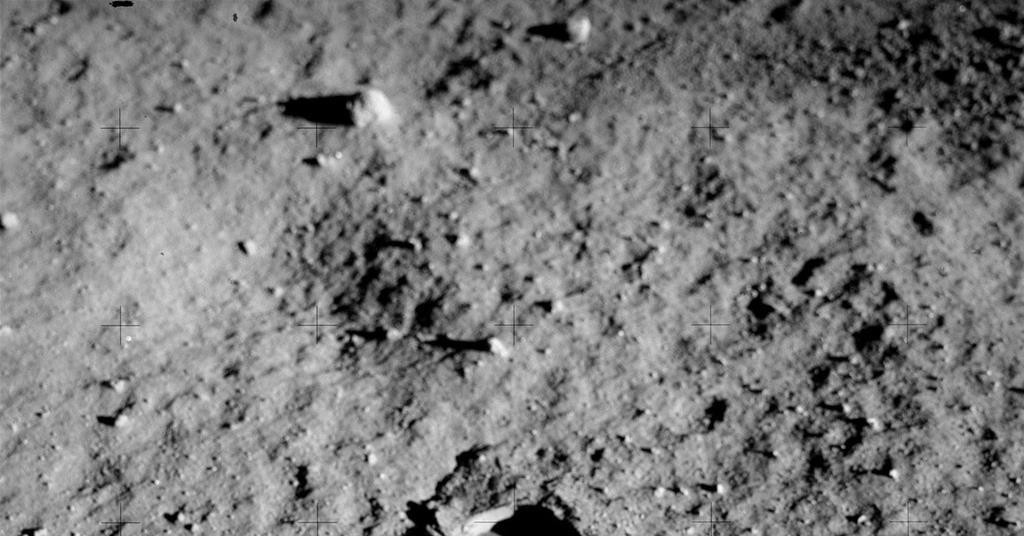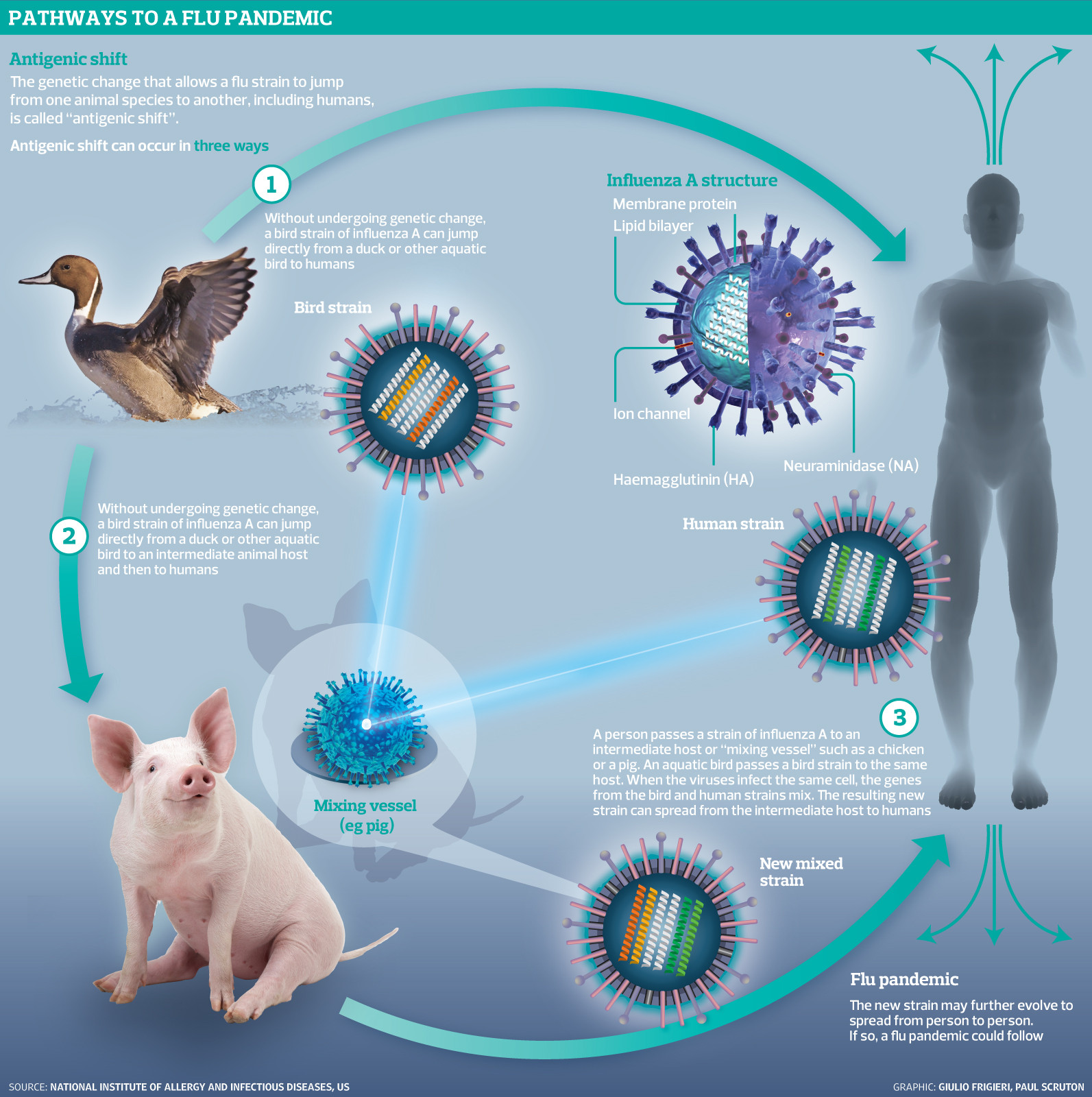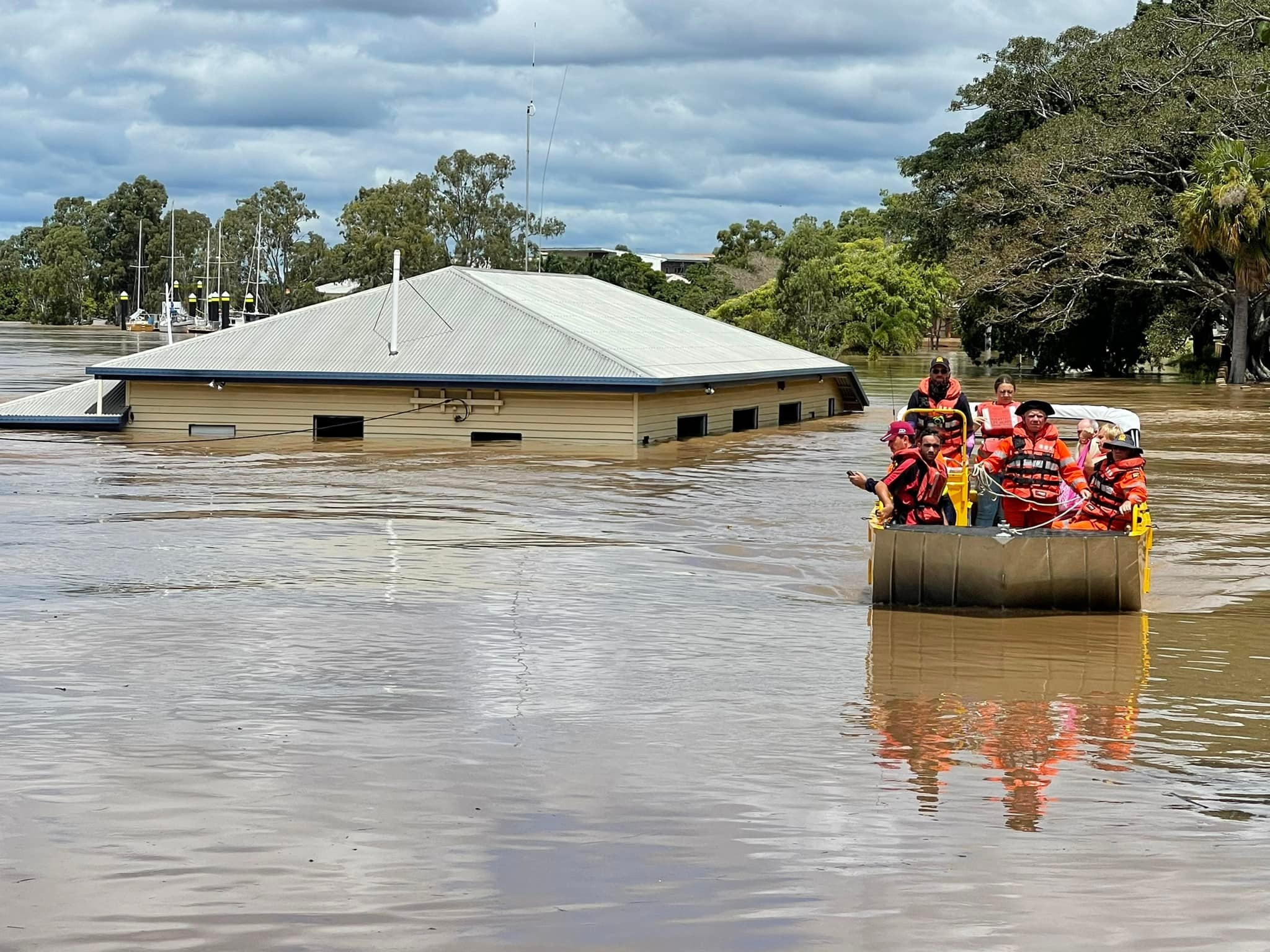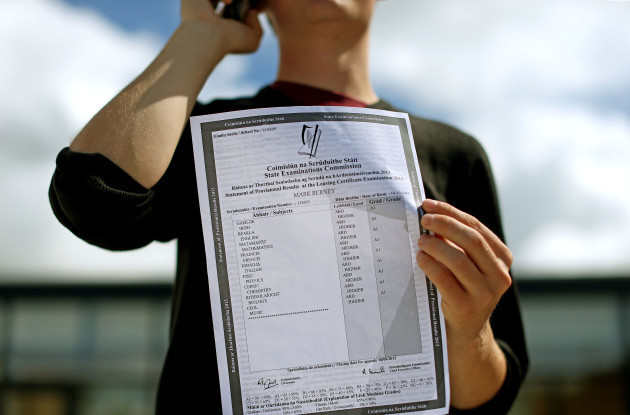Efforts to understand the behaviour of avian influenza in wild bird and mammal populations will advance with the launch of a new £2.3 million research consortium. UK scientists from various organisations will gather and analyse samples from different bird and mammal populations to gain a better understanding of how the virus operates. The research team aims to address current gaps in knowledge regarding its transmission among wild birds and the broader risks it poses to mammals.
Recent outbreaks of the current H5N1 strain of highly pathogenic avian influenza (HPAI) were the largest on record in the UK, severely impacting wild bird populations. This strain has also infected numerous wild mammal species worldwide, including otters and foxes in the UK.
To improve existing data on wild birds, scientists from the consortium are sampling various bird species under license to assess the presence of active infection or antibodies from previous exposure to avian influenza viruses. This research will help determine the extent to which native bird populations have developed an immune response to the virus and how the circulation of different avian influenza subtypes might influence the emergence of new notifiable viruses.
Avian Influenza in Wild Bird Populations
During the recent HPAI outbreak in the UK, the genetic composition of the H5N1 virus changed multiple times due to the exchange of genetic material between notifiable and non-notifiable viruses. This resulted in the spread of the H5N1 virus to a broader range of species, which was a critical factor in the devastation of populations of great skua, gannets, and various gull species.
Scientists assert that studying the spectrum of notifiable and non-notifiable viruses circulating in different wild bird species will bridge a significant knowledge gap regarding the origin and risk of virus emergence.
Impact of Avian Influenza on Mammals
The research team will also investigate the impact of avian influenza on wild mammals. In Great Britain, mammals have been affected, likely due to scavenging on birds that died from the disease.
The project will assess the susceptibility of various species and explore potential mechanisms by which the virus spreads between bird species and mammals, as well as the role mammals may play in disease transmission during an outbreak—such as through their feet and fur. The team will test mammals including rats, foxes, and otters in high-risk areas where mass mortality events among birds have been recorded over the past two years.
Understanding Antibody Response
The aim is to better understand whether exposure to infected wild birds and the carcasses of animals that succumbed to the infection has led to an antibody response. Professor Ashley Banyard from the Animal and Plant Health Agency (APHA), a consortium member, stated: “Having access to a wider range of samples will mean we can study viruses in much greater detail to learn more about how they behave and interact and how this might affect outbreaks.
“This vital research project brings together some of the leading ornithological organisations to help gather the samples, and ultimately, following diagnostic testing, increase our understanding of avian influenza viruses across bird populations within Britain.
“This will help APHA inform the development of future strategies to protect our wildlife and minimise the impacts of this awful disease on both animals and humans.”
Understanding Avian Influenza Dynamics
Defra's deputy chief scientific adviser, Justine Betja, noted that the collaboration brings together a wealth of expertise to improve understanding of one of the most significant animal health challenges. She stated: “The results from this co-ordinated scientific effort will be a vital contribution to our preparations for future disease outbreaks to help us protect the health of animals, humans and the environment.”
Between 2021 and 2023, the emergence of the current H5N1 strain of avian influenza resulted in the UK experiencing its largest ever bird flu outbreak. The outbreak caused the deaths of 97 million birds globally, including 3.8 million in the UK, with significant consequences for agriculture and the environment. Thousands of wild birds tested positive for the virus across the country, with over 90% of recorded bird flu cases in UK poultry occurring during this period.
HPAI was previously seen as a seasonal threat, with incursions into Britain directly linked to wild bird migration. However, the shift in infection dynamics seen with H5N1 has meant that the virus has persisted in various avian species throughout the summer and has also spread beyond avian populations.
This research is essential for understanding the complex dynamics of avian influenza, particularly the H5N1 strain, which has become a major concern due to its widespread impact on both wild and domestic bird populations. By studying the virus's behaviour in different bird and mammal species, the research consortium hopes to gain valuable insights into its transmission, persistence, and potential for evolution. This knowledge will be critical in developing effective strategies to mitigate the risks posed by avian influenza to wildlife, livestock, and human health.
This extensive research project involving UK scientists is a testament to the importance of understanding the intricate interactions between avian influenza, wild bird populations, and mammals. It is a vital step in safeguarding the health of our natural ecosystems and protecting against future outbreaks.


















